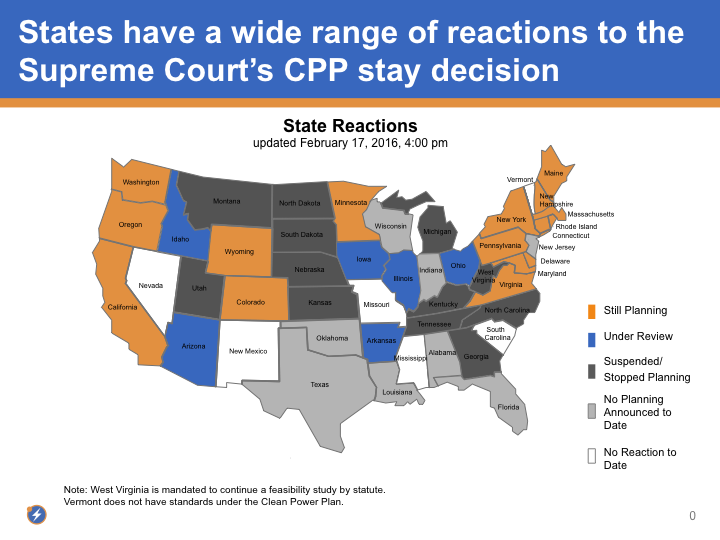
What is the price of political cronyism? High, when it comes to paying power plants that are not needed to keep the lights on, just to exist. But that is what the Trump Administration is apparently getting ready to do. Or at least trying to do – an earlier attempt to do so was rejected by regulators, most of them appointees of President Trump. Not taking no for an answer, the Administration has decided to go bigger, with a bigger price tag. How much bigger? That’s what we wanted to find out.

